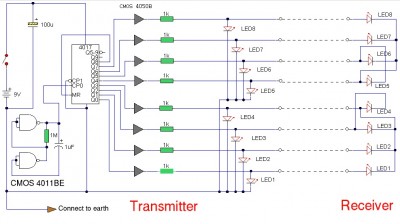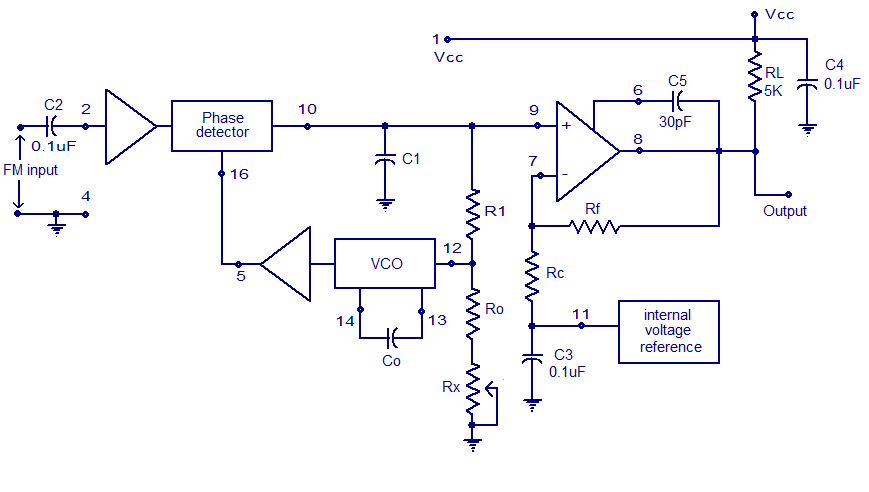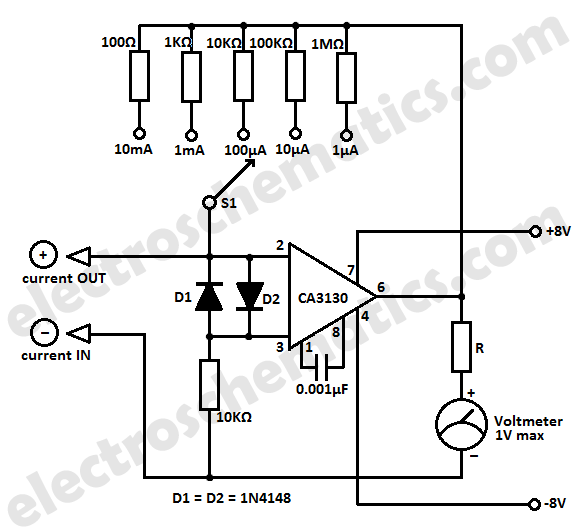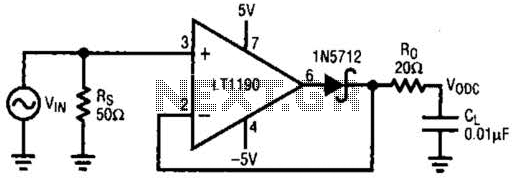
Cable LAN Tester Circuit

The LAN tester circuit can also test cables such as telephone, coaxial, LAN, and others. This circuit uses LEDs as the main indicator device.
The LAN tester circuit is designed to verify the integrity and functionality of various types of cables, including telephone lines, coaxial cables, and LAN cables. The primary function of this circuit is to ensure that the connections are properly established and that there are no breaks or shorts in the wiring.
The circuit typically consists of a transmitter and a receiver module. The transmitter unit is connected to one end of the cable under test, while the receiver unit is connected to the other end. When the transmitter sends a signal through the cable, the receiver is able to detect this signal, indicating that the cable is functioning correctly.
LEDs are utilized as the main indicators in this circuit. These LEDs light up in response to the signals received, providing a visual confirmation of the cable's status. For example, a green LED may indicate a good connection, while a red LED could signify a fault or disconnection in the cable.
The circuit can be designed to accommodate multiple cable types by incorporating different testing modes. This may involve the use of switches or jumpers to select the appropriate testing configuration based on the type of cable being tested. Additionally, the circuit may feature a simple design that allows for easy assembly and troubleshooting, making it accessible for both professionals and hobbyists.
In summary, the LAN tester circuit is a versatile and essential tool for anyone involved in network installation and maintenance, ensuring that all types of cables are functioning properly and efficiently.cable LAN tester circuit can also to test cable on telephone, coaxial cable, Lan cable and other. this circuit using led for main indicator device 🔗 External reference
The LAN tester circuit is designed to verify the integrity and functionality of various types of cables, including telephone lines, coaxial cables, and LAN cables. The primary function of this circuit is to ensure that the connections are properly established and that there are no breaks or shorts in the wiring.
The circuit typically consists of a transmitter and a receiver module. The transmitter unit is connected to one end of the cable under test, while the receiver unit is connected to the other end. When the transmitter sends a signal through the cable, the receiver is able to detect this signal, indicating that the cable is functioning correctly.
LEDs are utilized as the main indicators in this circuit. These LEDs light up in response to the signals received, providing a visual confirmation of the cable's status. For example, a green LED may indicate a good connection, while a red LED could signify a fault or disconnection in the cable.
The circuit can be designed to accommodate multiple cable types by incorporating different testing modes. This may involve the use of switches or jumpers to select the appropriate testing configuration based on the type of cable being tested. Additionally, the circuit may feature a simple design that allows for easy assembly and troubleshooting, making it accessible for both professionals and hobbyists.
In summary, the LAN tester circuit is a versatile and essential tool for anyone involved in network installation and maintenance, ensuring that all types of cables are functioning properly and efficiently.cable LAN tester circuit can also to test cable on telephone, coaxial cable, Lan cable and other. this circuit using led for main indicator device 🔗 External reference





